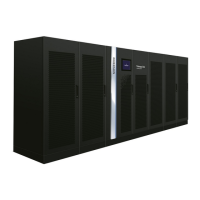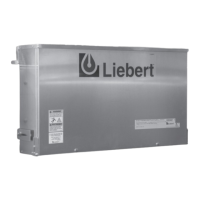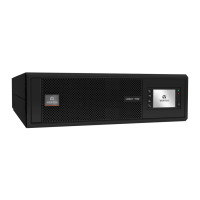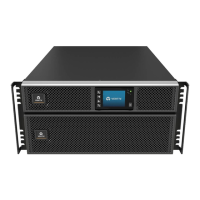NOTICE
Risk of piping-system corrosionand freezing fluids. Cancause leaks resulting inequipment and expensive
building damage. Cooling coils, heat exchangers and piping systems are at highrisk of freezing and premature
corrosion. Fluids in these systems must containaninhibitor to prevent premature corrosion.
The system coolant fluid must be analyzed by a competent fluid-treatment specialist before start up to
establishthe inhibitor level and evaluated at regularly scheduled intervals throughout the life of the system to
determine the pattern of inhibitor depletion. The fluid complexity and variations of required treatment
programs make it extremely important to obtainthe advice of a competent and experienced fluid-treatment
specialist and followa regularly scheduled coolant-fluid system-maintenance program.
Fluid chemistry varies greatly as do the required additives, called inhibitors, that reduce the corrosive effect of
the fluids onthe piping systems and components.
The chemistry of the coolant fluid used must be considered, because some sources may contain corrosive
elements that reduce the effectiveness of the inhibited formulation. Sediment deposits prevent the formation of
a protective oxide layer on the inside of the coolant system components and piping. The coolant fluid must be
treated and circulating throughthe system continuously to prevent the buildup of deposits and/or growth of
bacteria. Proper inhibitor maintenance must be performed to prevent corrosionof the system.
Consult fluid manufacturer for testing and maintenance of inhibitors.
Commercial-grade coolant fluid is generally less corrosive to the commonmetals of constructionthan water
itself. It will, however, assume the corrosivity of the coolant fluid from which it is prepared and may become
increasingly corrosive withuse if not properly inhibited.
Vertiv recommends installing a monitored fluid-detectionsystem that is wired to activate the automatic-
closure of field-installed coolant-fluid supply and returnshut-off valves to reduce the amount of coolant-fluid
leakage and consequential equipment and building damage. The shut-off valves must be sized to close-off
against the maximum coolant-fluid system pressure in case of a catastrophic fluid leak.
NOTICE
Risk of frozenpipesand corrosionfrom improper coolant mixture. Cancause water leaks resulting in
equipment and building damage.
When the cooling unit or piping may be exposed to freezing temperatures, charge the system withthe proper
percentage of glycol and water for the coldest designambient temperature. Automotive antifreeze is
unacceptable and must NOTbe used inany glycol fluid system. Use only HVAC glycol solutionthat meets the
requirements of recommended industry practices. Do not use galvanized pipe.
NOTICE
Risk of no-flowcondition. Cancause equipment damage. Do not leave the water/coolant fluid-supply circuit in a
no-flow condition. Idle fluid allows the collectionof sediment that prevents the formationof a protective oxide
layer onthe inside of tubes. Keep unit switched Onand water/coolant fluid-supply circuit system operating
continuously.
Important Safety Instructions
9
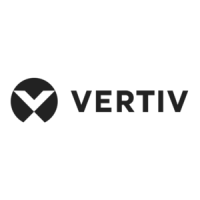
